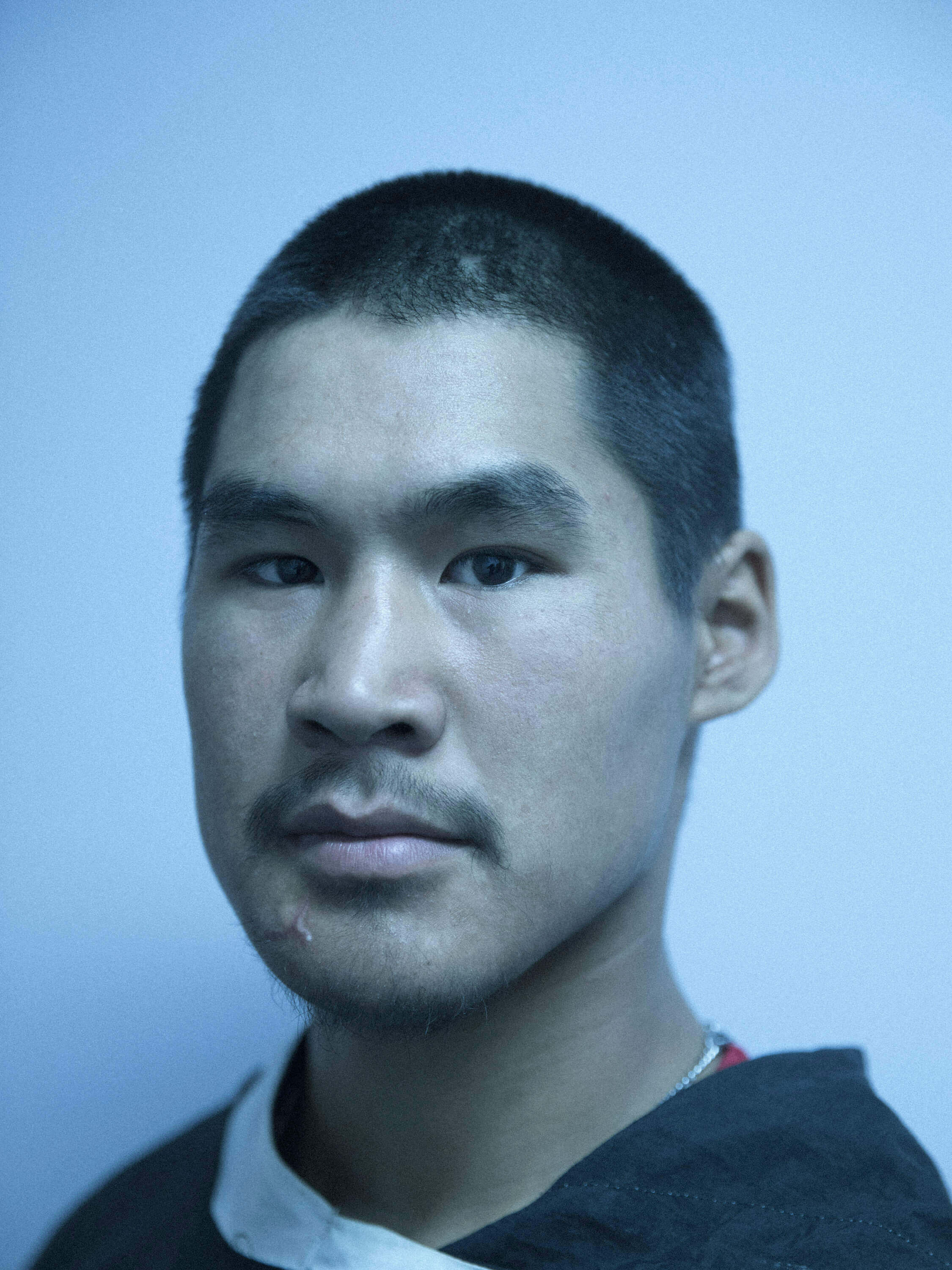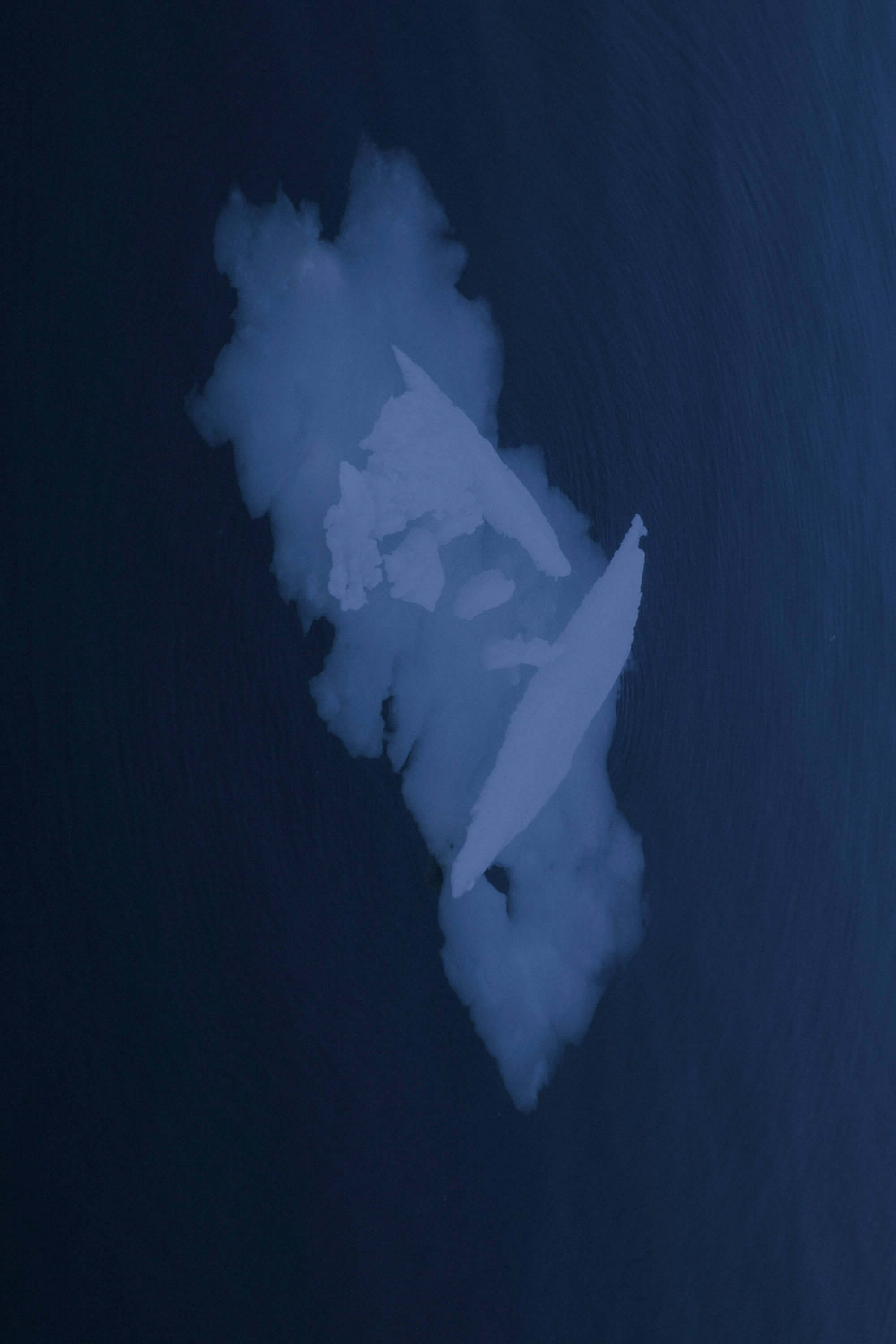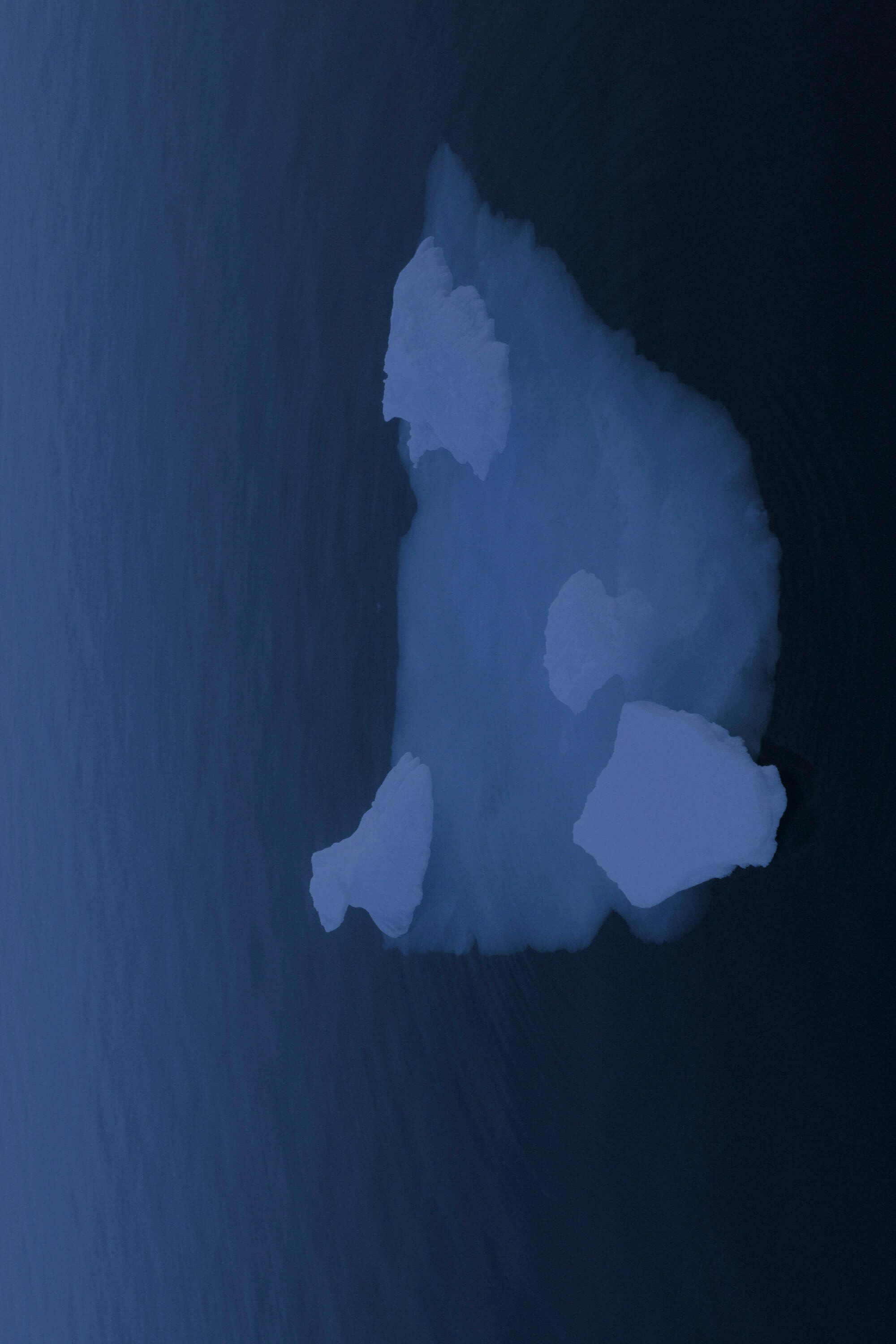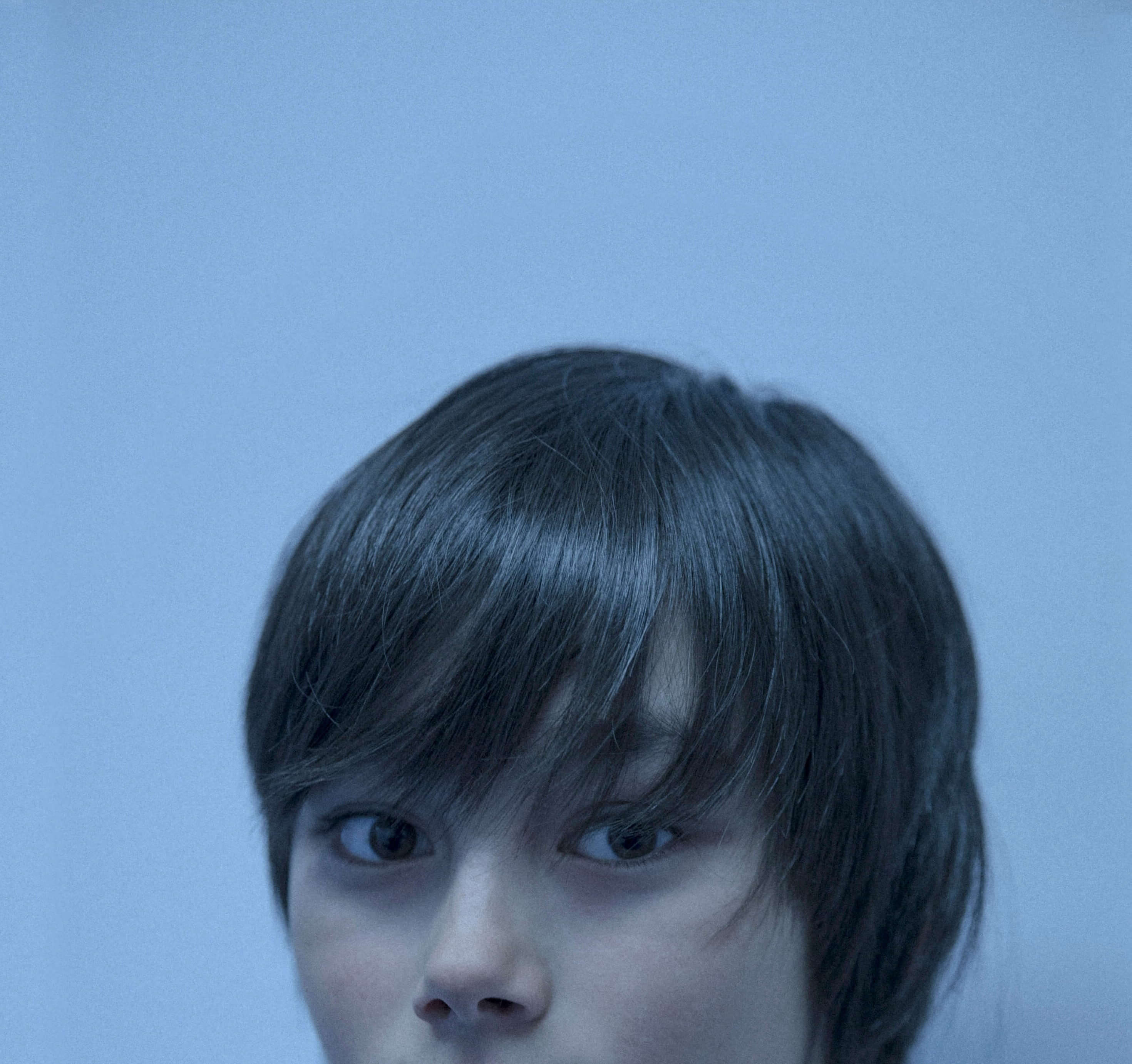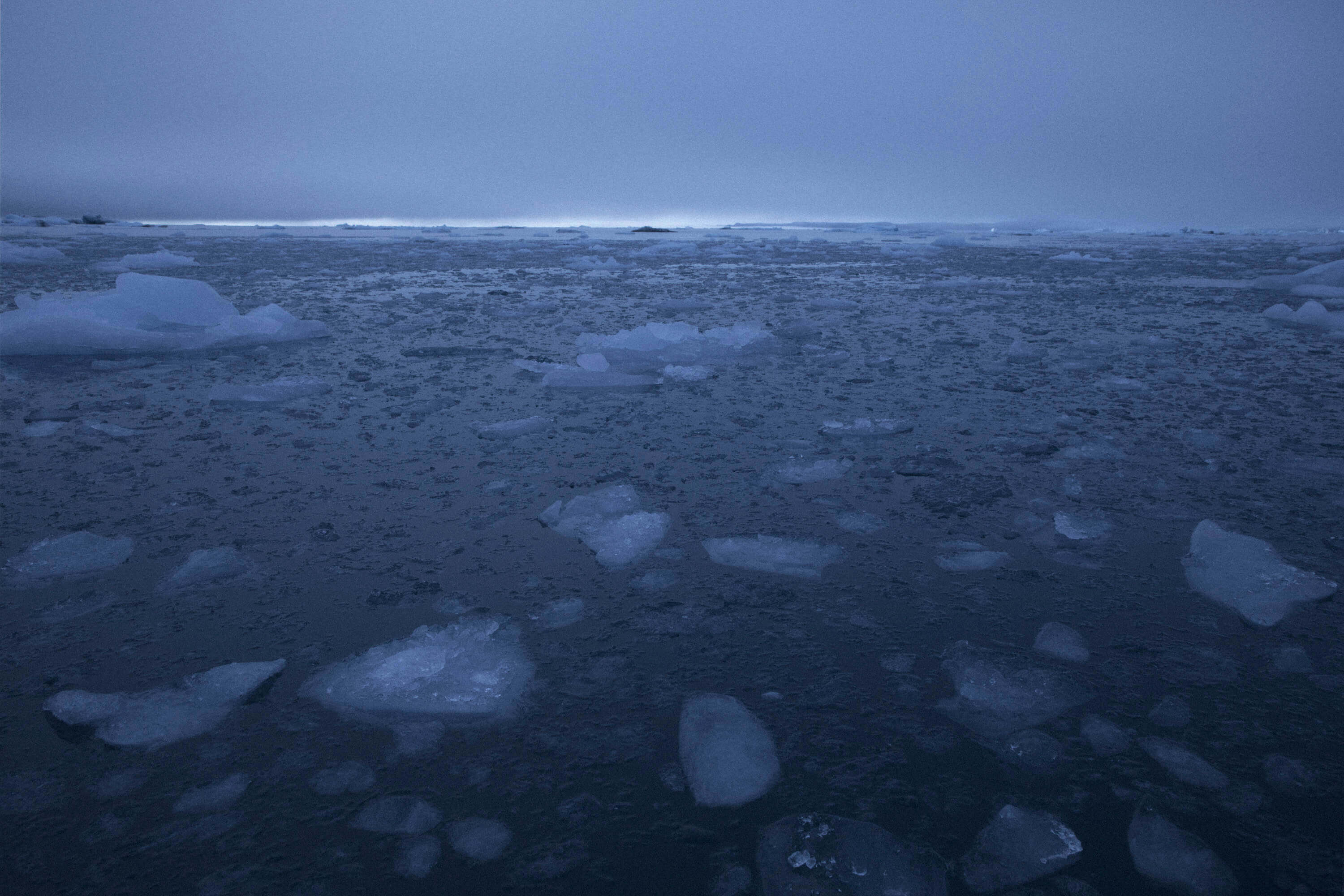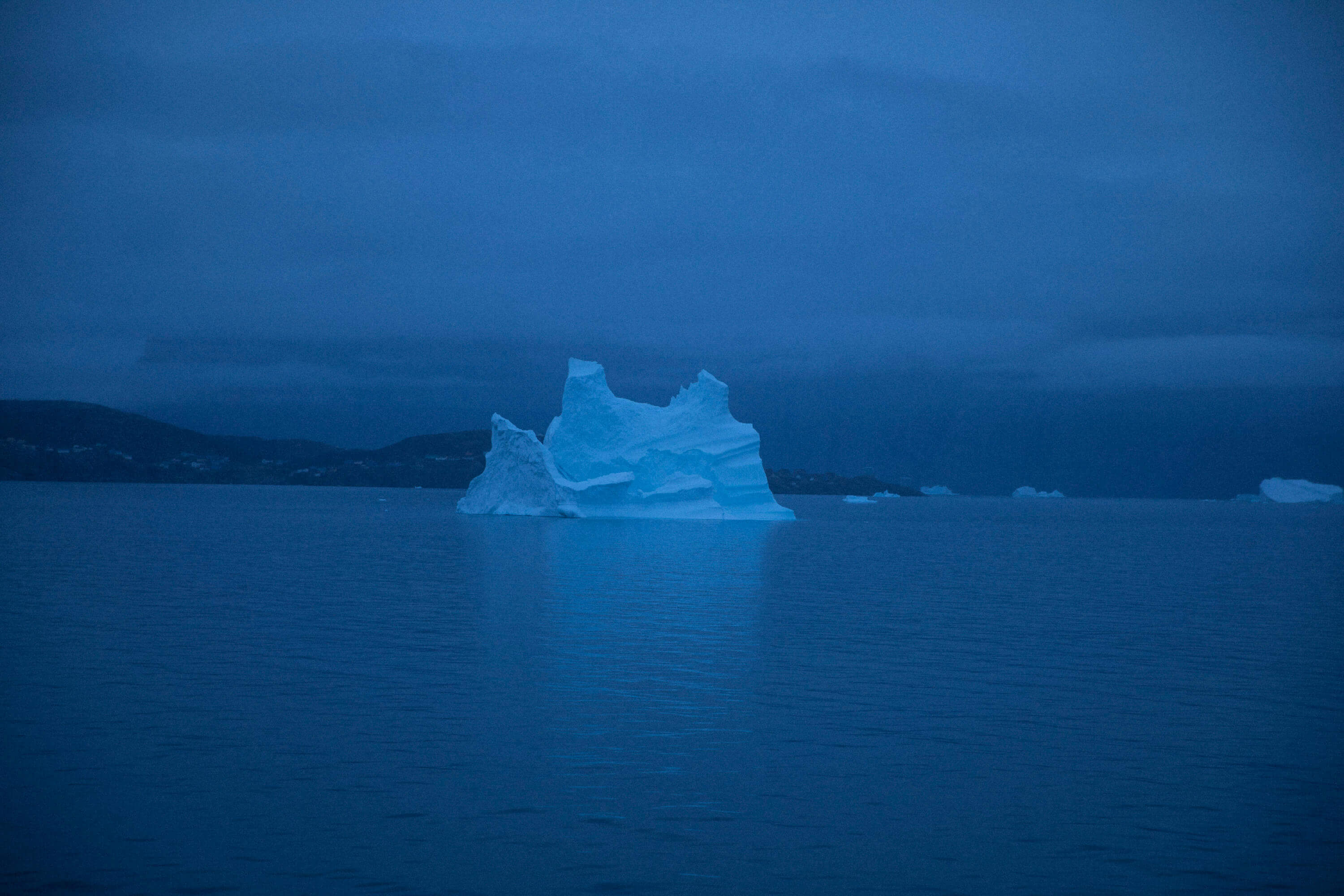In the Inuit world, there’s a pact between hunter and prey, and it’s that the prey will offer itself to that hunter who can respect its soul and let it migrate. A polar bear flies. Coloured ochre, it has the physical form of a small amulet dug out of ivory with its skeleton engraved on its back.
It’s offered to me by an old woman – is it pretty much just a souvenir for tourists? She says to me: “Skeleton and soul are the same thing, they migrate beyond earthly existence”. Before the arrival of missionaries, coins and tourists, amulets were elements of everyday life.
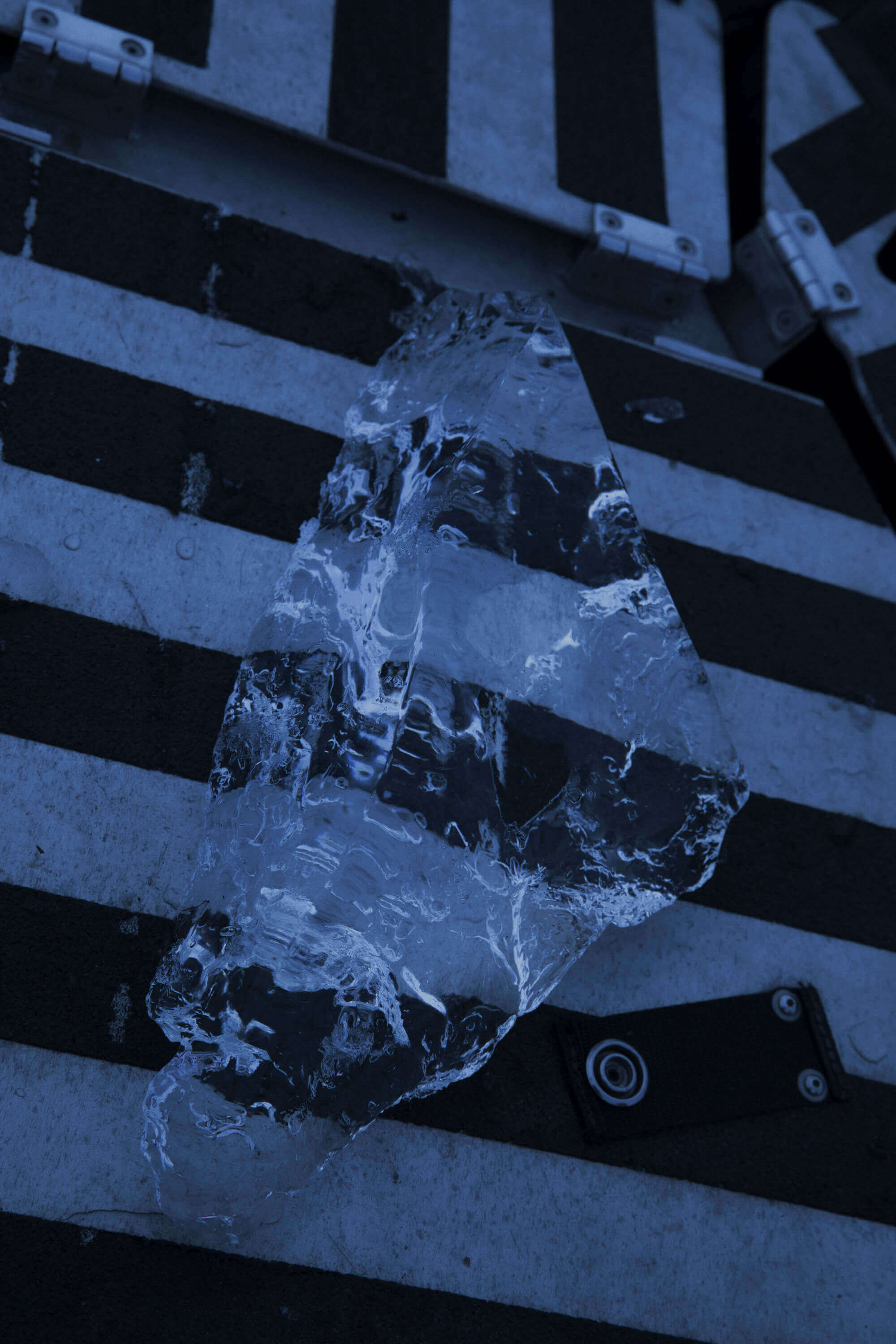
The successes and failures of Arctic mortals need to be encouraged and protected, and animal-skin laces are sewn into clothes if so needed. It’s the shamans’ responsibility to make amulets and fly to the places where the solutions to human tribulations can be found. Here, he’s coming towards me, holding a sort of comb made of bone between his teeth. A bit like dentures, it’s a frighteningly good reproduction of the lower teeth of a polar bear with the two disproportionate “canine” extremities. The carcass of a narwhal makes a dull thud against the ship, the killer whales have lost interest, distracted by our arrival or by something crueller than a narwhal carcass missing its horn, and the school now pretends to lead us out of the fjord. What are you taking us away from? The water on the beach shore froths up, a mother bear and two cubs walk in single file, you can almost see them with the naked eye – what exactly is happening? I can’t get to sleep, the images that the memory is producing are messing with my mind.
Let’s just say that it doesn’t make sense to sleep now, we almost all agree about that: the ship’s passengers don’t close the curtains even at night, most of all they don’t want to sink into sleep, they love their numbed mind being hypnotized by the supreme parade of icebergs – the smallest ones aren’t the most insignificant, the most jagged explode noisily into familiar forms of the natural world or absolute monsters. We’re in anguish if they, the icebergs, temporarily take their leave.
Immobile in the warm sheets of our warm cabins, we’ll be wandering out there, just a palm’s width away, after a few hours of blue night and in the potentially orange watchfulness of midnight, dawns too early for “Mediterranean” eyes. We wander blind in the morning mists, which we walk through in the bulky overalls of people prone to feeling the cold on modern dinghies. But marvel and doubt are excellent guides and perhaps it helped to have had explorers for ancestors.
Great polar bear, take my soul on your back and make it fly. Let’s fly over the coloured wooden houses of the village, cute in appearance only, the benign bushes of wild chamomile that invade the sleighs, useless in summer, are the songs of sirens and I accept their trap, the deceit. We leave the goods containers behind, the black crows and the muddy roads ugly with the lack of snow. Polar bear, let’s forget what the navigable sea looks like and reach the icy desert, where you live and flourish, because that’s where we all want to go: the dogs want to go there, howling for the cold to come back and, with it, the moment to load up the sleighs, pull, run, leave. The cold that seems intolerable to us reigns, an ocean of ice lapped by continents, and the men who live nearest to it keenly remember a piece of the old world and vaguely possess a piece of the new. Or perhaps it’s the other way around.
Only the Air-spirits know
what lies beyond the hills,
yet I urge my team further on,
drive on and on, on and on!
Across Arctic America: Narrative of the Fifth Thule Expedition by Knud Rasmussen.
We’re slipping into autumn in the Qaumarujuk Fjord. Here and there the surface of the sea is already an ice crystal, a thin sheet as fragile as flaky pastry, which the wind and ice will quickly make thicker. They say that autumn doesn’t exist in the Arctic, that the short summers are the blink of an eye and with the next one the winter will be back. It’s the end of August and the thermometer reads one degree Celsius. The glacier buttercup toughs it out and the blueberry bush changes colour to a reddish-brown. We’ve been sailing in Baffin Bay for twelve days, from the shores of northwestern Greenland to the coast of Nunavut, the big “new” Canadian region of northern islands and archipelagos recognized to the indigenous Inuit people in spring 1999.
At the mercy of icebergs the fruit of fantasies and ice packs in metamorphosis, we can slalom between the icebergs but not break the ice. That’s why we won’t carry on into the Lancaster Sound beyond Devon Island, to enter the Northwest Passage once and for all: we’d get stuck and we’d have to ask a Canadian icebreaker for help (and cut the figure of typical tourists on a cruise). “We have to make a decision and I’ve made it for you”. “I won’t take you to Beechey Island and we won’t get to Peel Sound”. “We can find a gap and get there, but that narrow sea route will close in behind us”, the Captain tells us. On the map it’s the move of a red counter that little girl nature could make, for fun, or strategically, to trap the enemy, and there’s no reason why she won’t. “Don’t worry, we’ll see some ice, we’ll definitely meet some ice”, he finishes and earns himself an applause.
A day’s sailing. For the same reason we won’t stop off at Ellesmere Island, which’ll become the promised land denied to us and our fellow expeditioners. The following day we won’t lay anchor in Savissivik. The air is a swirl of snowflakes, the radar shows the ship surrounded by a gang of icebergs. We do a U-turn and carry straight on towards Upernavik. A day’s sailing. It’s said that in the fourth century BC Pytheas, Greek sailor and writer from Marseilles, departed on a six-year expedition and that, after crossing the Gibraltar Strait and reaching Brittany and the tin mines of Cornwall, he’d gone north into the Atlantic.
Then, with a last six-day haul, he’d got news about the island of Thule, where no one had ever arrived, at the point where the land, sea and sky looked like the same thing and you could go no further. The “sea lung”, he’d called it. Now we know that his most distant North couldn’t have been the Arctic, most probably it was Scandinavia, but, the fact remains that wherever Pytheas got to, at these latitudes there exists a place of silent and inaccessible whiteness that rises from the land and descends from the sky and chills human beings.
When the first Danish missionaries came to Christianize the Inuit population towards the end of the eighteenth century, they described hell as an obviously boiling place, without calculating that to the Inuit it seemed like heaven and it was there that they wanted to go more than anything. Later on, trade would sully the purity of their creed once and for all. To sum it up superficially, they believed that animals were men, just a different species to men, in particular the polar bear which was strong and could stand up on two feet and hunt just like an Inuk did.
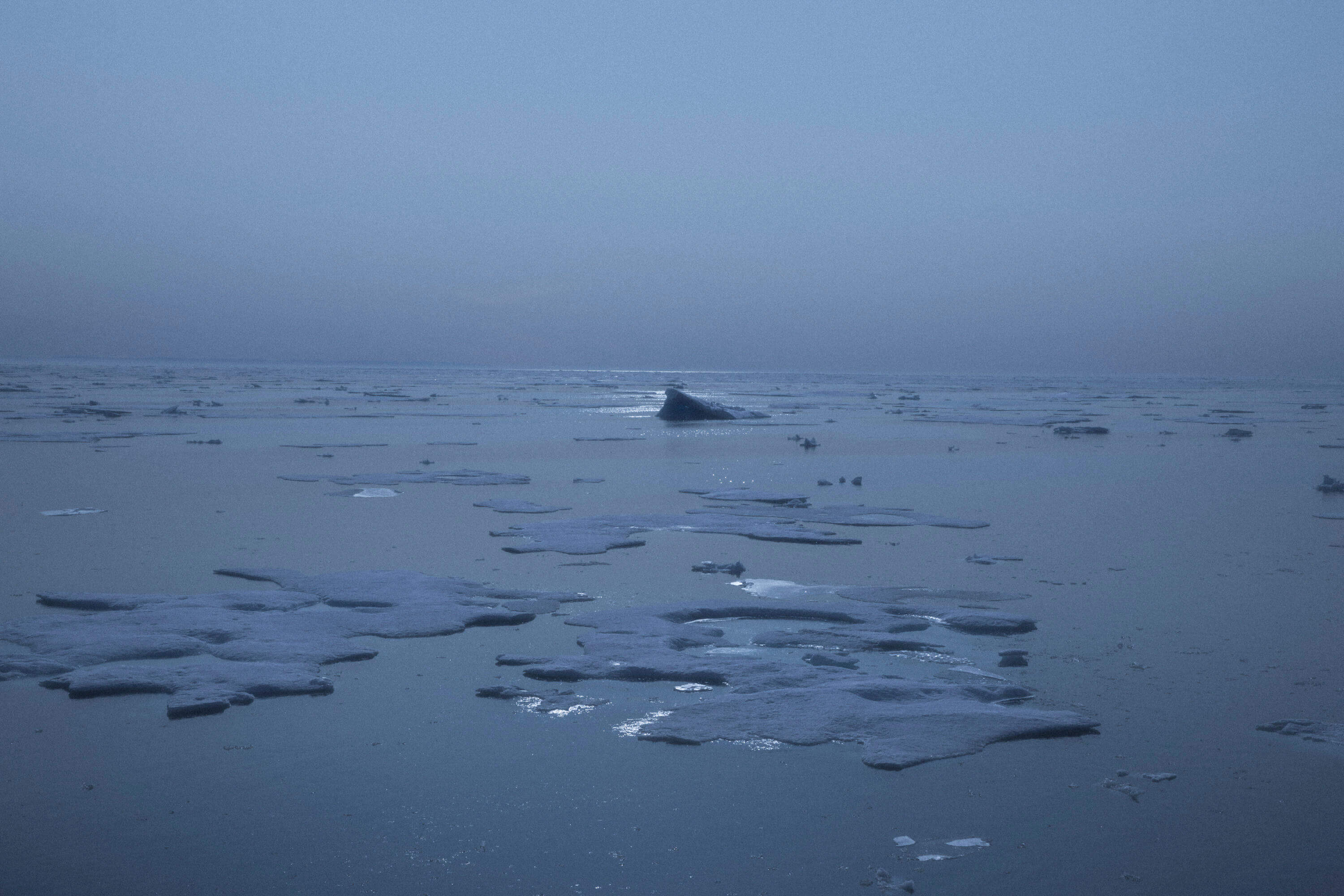
And they believed that the European boats of the first explorers and colonists were birds and the sails wings, and they asked them where they came from. Our Arctic heaven had the fantastic geography of Croker Bay and a glass of boiling hot milky chocolate. “Hot chocolate and biscuits, Madame? It’s free and so it’ll always be!”. We’d been glued to Deck 5 for over three hours, the deck in front of the captain’s pilothouse, which they opened to passengers just a few hours a day to view whales, killer whales and polar bears, or for moments of “panoramic” sailing. It was a sunny day with a clear, blue sky; we couldn’t feel cold.
We entered Croker Bay, the fjord on the southern coast of Devon Island, at walking pace. The rocky walls to our right were high, sculpted with a series of ridges, and that compact mustard colour seemed to have transported us to a cruise on the Nile. “The woman with a tattoo on her chin” is their nickname for this place and its wrinkles. Further on, deep brown valleys opened up, crossed almost by a beaten path. They looked like Mongolian steppes, where horses and falcons had simply escaped beyond our field of vision. The water of the fjord was so calm and silky that it rested your mind. A few miles on, which seemed a mere stone’s throw away, stood the stern and solemn walls of two tongues of glaciers, slowly seducing us as we made our way on.
